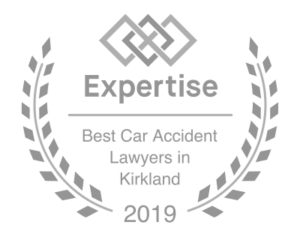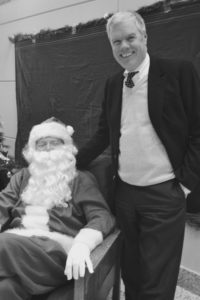 In Washington I am a member of a plaintiff association of trial lawyers initially called Washington State Trial Lawyers Association. Several years ago our organization changed its name to Washington State Association for Justice. This is because most of the people we represent do not end up in trial. What we do is:
In Washington I am a member of a plaintiff association of trial lawyers initially called Washington State Trial Lawyers Association. Several years ago our organization changed its name to Washington State Association for Justice. This is because most of the people we represent do not end up in trial. What we do is:
Help Injured People. We represent injured people. I only take a case if I can get my client more of a recovery after my fees are paid than they would receive without my involvement. I take cases on a contingency fee meaning my client pays me nothing to represent them unless I recover in the case. In the end I help an injured person because without my involvement as a trial lawyer the insurance company will not pay fair value.
We Stand for Justice. In our society when a person is injured through the negligence of another justice is obtained by way of a monetary recovery. As a trial lawyer I have the ability to get a fair recovery by way of a trial and standing for justice.
We Make Society Safer. In our society it often takes a financial message to get wrongdoers to correct their negligent conduct. As a trial lawyer I have the ability to demonstrate the wrong and the damages that flow from the wrong. This in turn leads the jury (the voice of the community) to inform the community we do not accept negligent conduct.
We Lobby for the Common Person. Insurance companies are wealthy powerful corporations with agendas to turn maximum profit for their shareholders. They pay millions of dollars every year in lobbying to place barriers on damages. The common person who sustains injuries has no lobby to take on legislation proposed by insurance lobbies. National and state trial lawyer associations are the lobbies for the common person. Through my membership in these trial lawyer associations I support efforts to defeat agenda legislation sought by the insurance companies.
Obtain Justice. I only represent people who are injured through the negligence of another. I stick to the truth. Telling the truth translates to success in negotiations and in trial as we all have a feel for the truth. Juries want the honest injured person to receive a fair recovery. They want to see society safer through their verdict. When the insurance company recognizes this without or with a trial and the case is complete, I have the satisfaction of getting justice for my client and benefiting the community.
Post Footer automatically generated by Add Post Footer Plugin for wordpress.

 Malcome Gladwell says we form our first impression within seconds (two seconds to be exact). He points to studies showing not much difference between a first impression based on seconds and an impression based on prolonged exposure. (See What the Dog Saw).
Malcome Gladwell says we form our first impression within seconds (two seconds to be exact). He points to studies showing not much difference between a first impression based on seconds and an impression based on prolonged exposure. (See What the Dog Saw).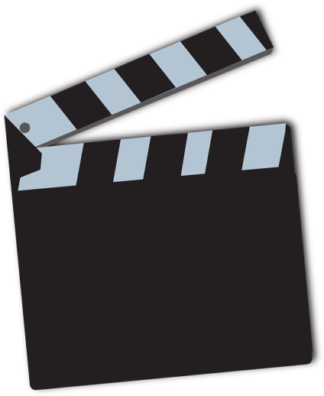
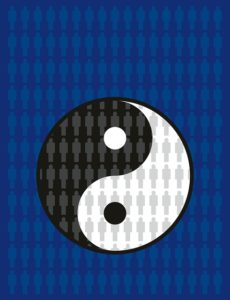 T’ai Chi theory teaches we have capacity beyond what is commonly believed. We are capable of a higher level of achievement. Boundaries or rails on higher achievement come from restrictions or barriers we place on our capability “One reaches the ultimate level, or develops in that direction, by means of the ladder of balanced powers and their natural motions-Yin, the negative power (yielding), and Yang, the positive power (action).” Waysun Liao, The Essence of T’ai Chi, (Shambhala 2007) at 6.
T’ai Chi theory teaches we have capacity beyond what is commonly believed. We are capable of a higher level of achievement. Boundaries or rails on higher achievement come from restrictions or barriers we place on our capability “One reaches the ultimate level, or develops in that direction, by means of the ladder of balanced powers and their natural motions-Yin, the negative power (yielding), and Yang, the positive power (action).” Waysun Liao, The Essence of T’ai Chi, (Shambhala 2007) at 6. 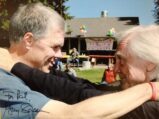 Offensive Innovation comes from Gerry Spence and Stephen King. Speaking to experienced trial lawyers at the Trial Lawyer’s College Gerry Spence explained “you have yet to try your first case because you have been practicing law and trying cases in a way that is expected of you.” At the college we learn to take off our mask and proceed how we intuitively know is right.
Offensive Innovation comes from Gerry Spence and Stephen King. Speaking to experienced trial lawyers at the Trial Lawyer’s College Gerry Spence explained “you have yet to try your first case because you have been practicing law and trying cases in a way that is expected of you.” At the college we learn to take off our mask and proceed how we intuitively know is right. A successful personal injury lawyer must try the case when the insurance company is unreasonable Trial requires performance under stress. For performance at the highest level:
A successful personal injury lawyer must try the case when the insurance company is unreasonable Trial requires performance under stress. For performance at the highest level: Interview With
Interview With Here are preparation notes for cross examination of defense medical expert in a personal injury case:
Here are preparation notes for cross examination of defense medical expert in a personal injury case: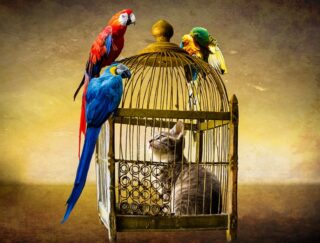 Harper Lee in To Kill A Mockingbird says [“y]ou never really understand a person until you consider things from his point of view.” As a trial lawyer it is essential for me to understand this reality. One way to do this is role reversal.
Harper Lee in To Kill A Mockingbird says [“y]ou never really understand a person until you consider things from his point of view.” As a trial lawyer it is essential for me to understand this reality. One way to do this is role reversal.